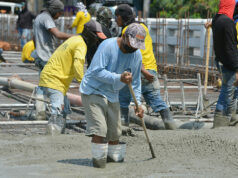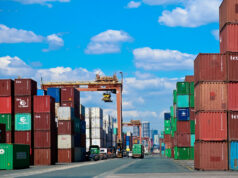Economic slowdown to affect loan growth
PHILIPPINE BANKS may see sustained weakness in loan growth this year as consumer demand is expected to wane due to the economic fallout from the virus outbreak.
“We project Philippine banks’ loan growth will be in low single digits (in nominal terms) in 2020 due to the COVID-19 (coronavirus disease 2019) triggered economic slowdown.” S&P said in a note on Friday.
Loan growth will be affected by a likely slump in household demand given the current crisis, S&P said.
“Consumer loan book is likely to remain flat in 2020 because major purchase decisions such as housing and automobiles will likely be postponed until the health risk abates,” the report said.
Bangko Sentral ng Pilipinas (BSP) Governor Benjamin E. Diokno said Thursday they are working on data to gauge how the pandemic will impact key banking indicators and consumer behavior.
“But the real behavior of consumers we don’t know yet… And we’re not even sure what will be the behavior of the motor companies. Maybe they will start selling, maybe focusing on the small cars rather than the big cars. So we are not yet sure,” Mr. Diokno said.
BSP data released last week showed outstanding loans disbursed by big banks grew at a slower pace of 12.7% in April from the upwardly-revised 13.6% seen in March.
Consumer loans rose by 33.3% in April, also easing from the upward-revised 36.5% in the previous month.
“Given the slowdown in the economy amid the COVID-19 outbreak, credit costs will likely remain elevated in fiscal 2020, but we expect them to decline thereafter,” S&P said.
The debt watcher said loan growth last year slowed due to softer corporate loan demand amid the delay in the budget’s passage as well as the US-China trade tensions.
“In 2021, as credit growth normalizes, consumer loan growth is likely to outpace corporate growth due to pent-up demand,” S&P said.
It added that the BSP’s easing stance, including its move to reduce reserve requirement ratio (RRR) of big banks by 400 basis points (bp) in 2019 and another 200 bps this year will also support credit growth next year.
“The central bank plans to bring the ratio down to single digits by 2023. This will free up liquidity and boost credit growth,” S&P said.
The RRR of big banks is currently at 12%, while reserve ratios of thrift and rural lenders are at four percent and three percent, respectively. — L.W.T. Noble



